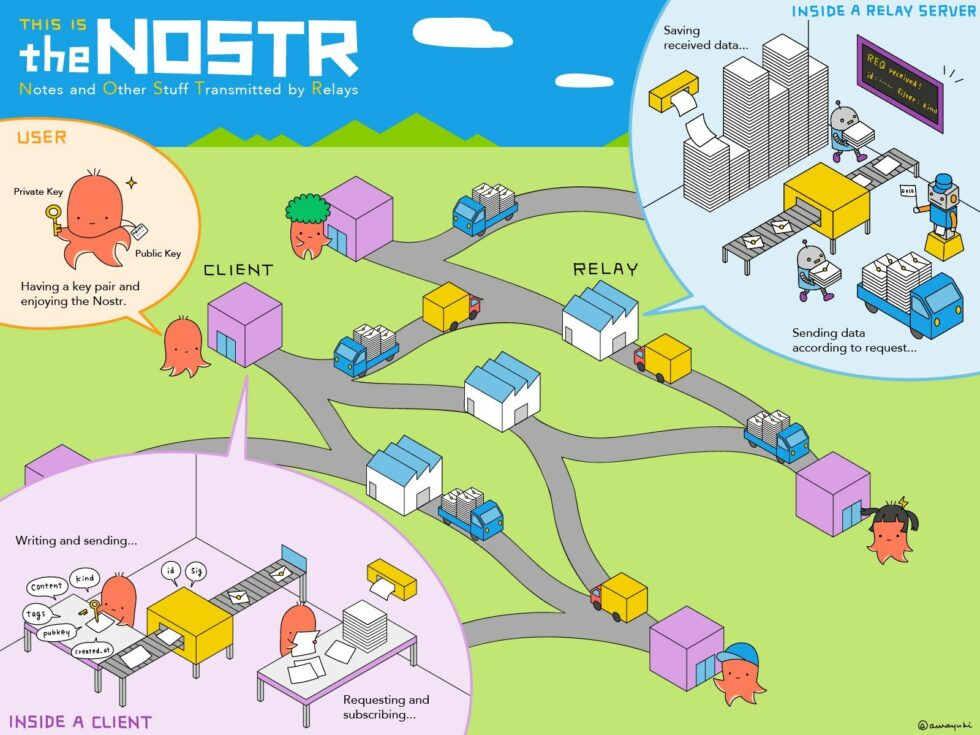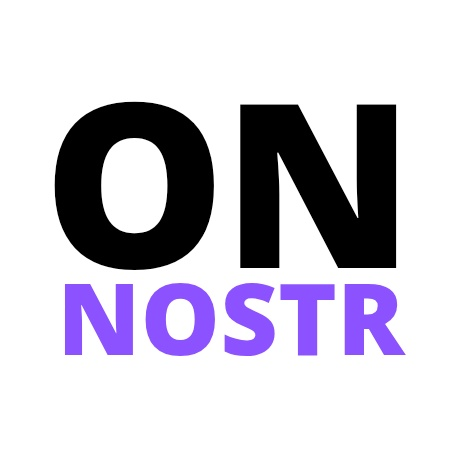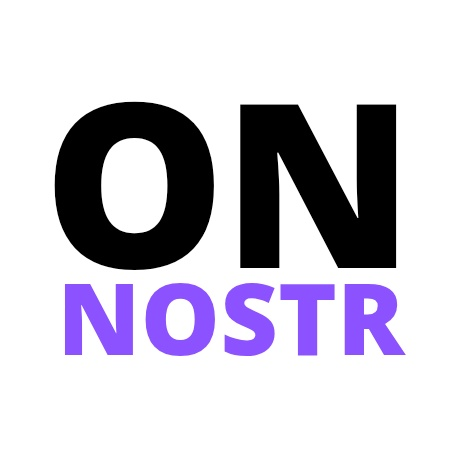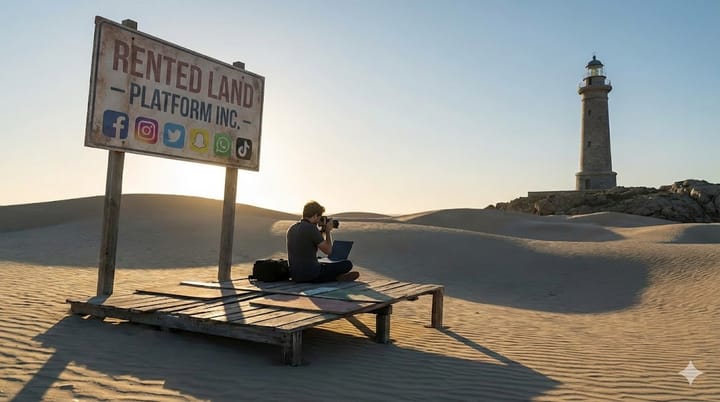Will Australia’s Social Media Age Ban Spark a Nostr Revolution?

Australia’s new Online Safety Amendment (Social Media Minimum Age) Act 2024, set to enforce a minimum age of 16 for social media accounts by December 2025, has sent ripples through the digital world.

The law targets centralized platforms like Instagram, TikTok, Facebook, X, and YouTube, demanding they take “reasonable steps” to block under-16s from holding accounts, with fines up to AUD $50 million for non-compliance.
As young users face exclusion from mainstream platforms, many are asking: could this push them toward decentralized alternatives like Nostr?
Australia’s bold move could ignite a surge in Nostr adoption and what that means for our favorite censorship-resistant protocol.
ON NOSTR is a reader-supported publication. To receive new posts and support my work, consider becoming a free or paid subscriber.
The Australian Ban: A Paradigm Shift for Social Media?
The new law is a global first, setting a hard age limit without exemptions like parental consent.
Platforms must implement age verification systems, likely involving biometrics, ID checks, or behavioral analysis, to keep kids off their services.
The goal?
Protect young users from online harms like cyberbullying, grooming, and exposure to harmful content.
But critics, including youth advocates and tech companies, warn it could backfire, driving teens to unregulated corners of the internet or isolating them from vital social spaces.
This is where Nostr comes in.
Unlike centralized platforms, Nostr is a decentralized, open-source protocol that lets users control their own data and identities using cryptographic keys.
With no central authority to enforce age restrictions or collect personal data, Nostr sidesteps the regulatory hammer aimed at Big Tech.
Could this make it the go-to haven for Australia’s under-16 crowd and privacy-conscious users alike?

Why Nostr Could See a Surge
1. Bypassing the Ban
The Australian law targets platforms with structured account systems, which Nostr lacks by design.
Teens looking to stay connected could turn to Nostr as a workaround, posting and chatting freely without age gates.
Since Nostr operates through relays and client apps, it’s nearly impossible for regulators to enforce the same rules applied to centralized giants.
This freedom could make Nostr a magnet for young users unwilling to let a law dictate their online lives.
2. Privacy as a Selling Point
Age verification on mainstream platforms raises red flags about data privacy.
Submitting IDs or biometric data to tech giants already criticized for data mishandling has sparked concerns among Australians, with privacy advocates warning of potential breaches.
Nostr’s pseudonymous, user-controlled model offers a compelling alternative.
No need to hand over your passport or face scan, just grab a keypair and start posting.
For teens and parents wary of Big Tech’s data grab, Nostr’s privacy-first ethos could be a game-changer.
3. A Space for the Excluded
Social media is a lifeline for many young people, especially in remote or marginalized communities.
The ban risks cutting them off from peer support and creative expression.
Nostr, with its open protocol and community-driven clients, could fill this gap, offering a space where teens can build communities without fear of being locked out.
Its censorship-resistant nature also appeals to those who value free speech, a growing concern as governments tighten online controls.
4. A Cultural Moment
If high-profile creators, influencers, or tech-savvy teens start flocking to Nostr, it could trigger a cultural shift.
The ban’s 12-month implementation period gives developers time to polish Nostr clients, making them more accessible to younger audiences.
Imagine a sleek, TikTok-like Nostr app going viral among Aussie teens, it’s not far-fetched if the community seizes this opportunity.
The Roadblocks to Nostr’s Rise
While the ban creates fertile ground for Nostr, adoption isn’t guaranteed. Here are the challenges:
1. User Experience Gap
Let’s be honest, Nostr isn’t as slick as Instagram or Snapchat.
Generating keys, choosing relays, and navigating clients can feel like a tech hurdle for the average teen.
While apps like Damus and Primal are improving, they’re not yet at the plug-and-play level of mainstream platforms.
For Nostr to catch on, developers need to prioritize intuitive, youth-friendly interfaces.
2. Network Effect Hurdle
Social media thrives on network effects, people go where their friends are.
Nostr’s user base is growing but still dwarfs compared to X or TikTok. Convincing teens to jump ship requires critical mass, which could take years without a major catalyst.
The ban might nudge some users toward Nostr, but it’ll need a cultural spark to rival centralized giants.
3. Regulatory Pushback
If Nostr becomes a popular workaround, Australian regulators could target client apps or relays, pressuring app stores to delist Nostr-based apps or ISPs to block access.
While Nostr’s decentralized nature makes this tough, it’s not impossible—governments have cracked down on VPNs and Tor in similar contexts.
Teens might also hesitate if Nostr’s lack of moderation exposes them to the very harms the ban aims to prevent.
4. Parental Concerns
Parents may steer kids away from unregulated platforms like Nostr, fearing exposure to unfiltered content.
Without robust moderation (a double-edged sword for decentralization), Nostr could struggle to win over guardians who prioritize safety over freedom.
The Verdict: A Modest Boost for Nostr
So, will Australia’s social media ban supercharge Nostr adoption?
My bet is a qualified yes.
The law creates a unique window for Nostr to shine, especially among tech-savvy teens, privacy advocates, and those frustrated by centralized control.
Its decentralized, censorship-resistant design is a natural fit for bypassing age restrictions and protecting user privacy, key concerns under the new regime.
We’re likely to see a spike in Nostr’s user base, particularly among niche communities and early adopters who value its ethos.
But don’t expect a mass exodus from TikTok to Nostr overnight.
The protocol’s technical barriers and smaller network mean it won’t replace mainstream platforms anytime soon.
Adoption will depend on developers making Nostr more accessible and communities rallying to build momentum.
The ban’s 12-month rollout gives us time to refine clients, spread the word, and show young users why Nostr is worth their attention.
What’s Next for Nostr?
Developers, focus on user-friendly apps that rival the polish of Big Tech.
Community builders, create vibrant spaces that draw in teens and creators.
And Nostr users, spread the word, share why this protocol matters in a world of increasing online restrictions.
Australia’s ban could be the spark that lights Nostr’s fire, but it’s up to us to fan the flames.
What do you think?
Will Nostr become the go-to for Australia’s youth, or will it remain a niche gem?
ON NOSTR is a reader-supported publication. To receive new posts and support my work, consider becoming a free or paid subscriber.






Comments ()